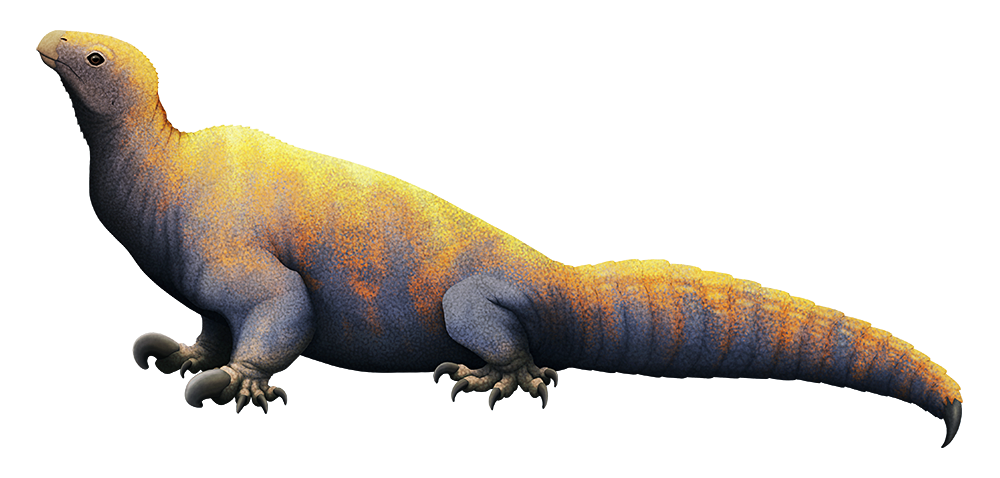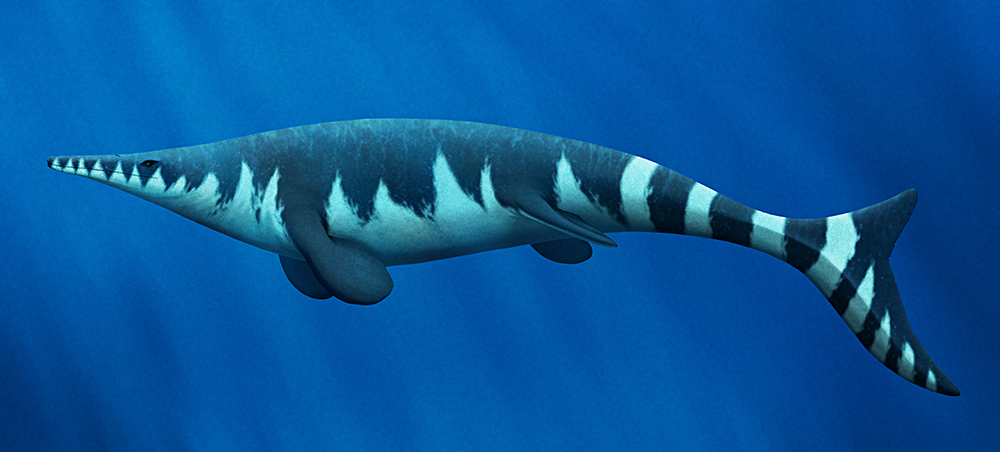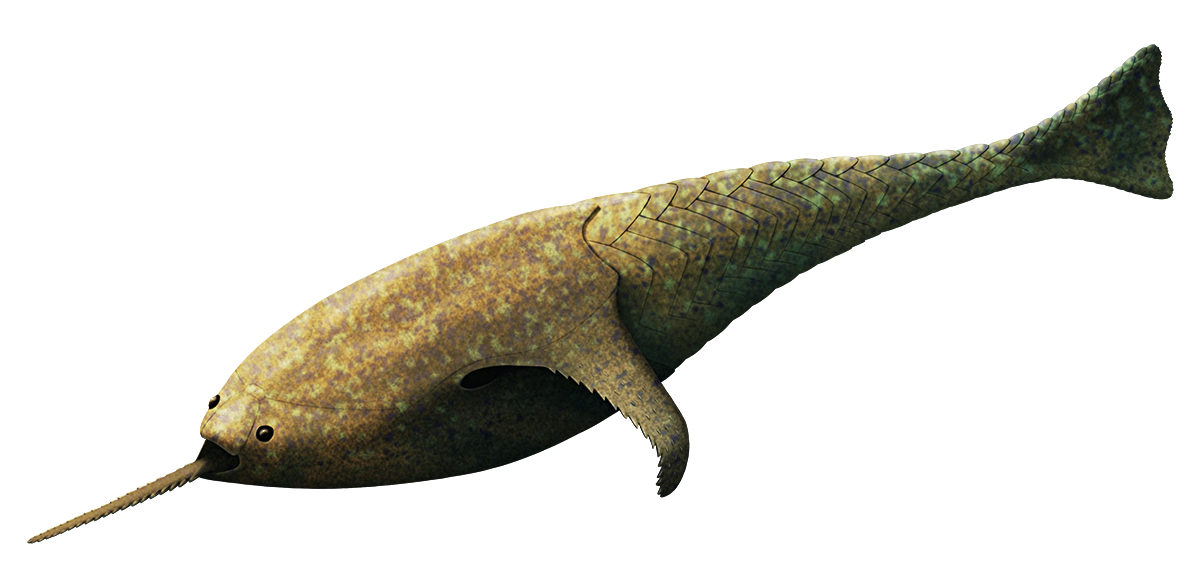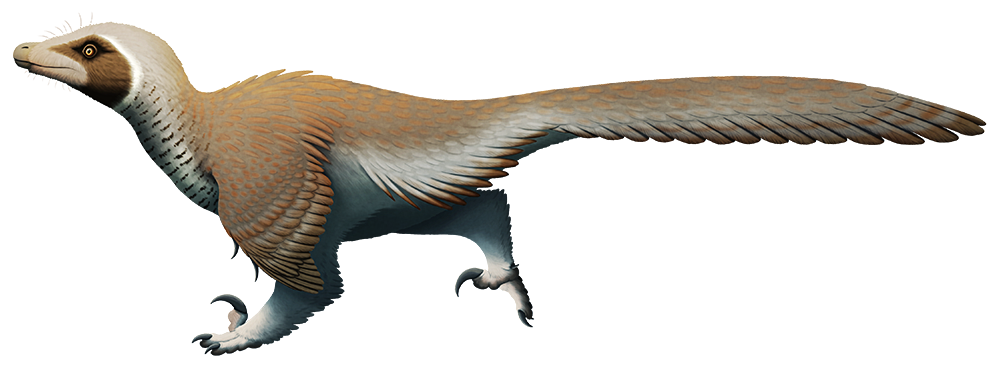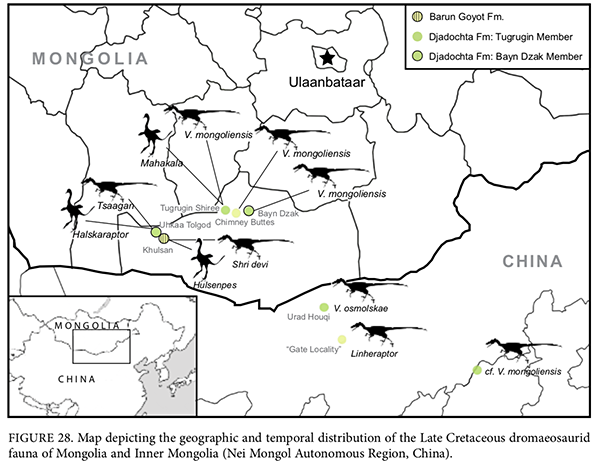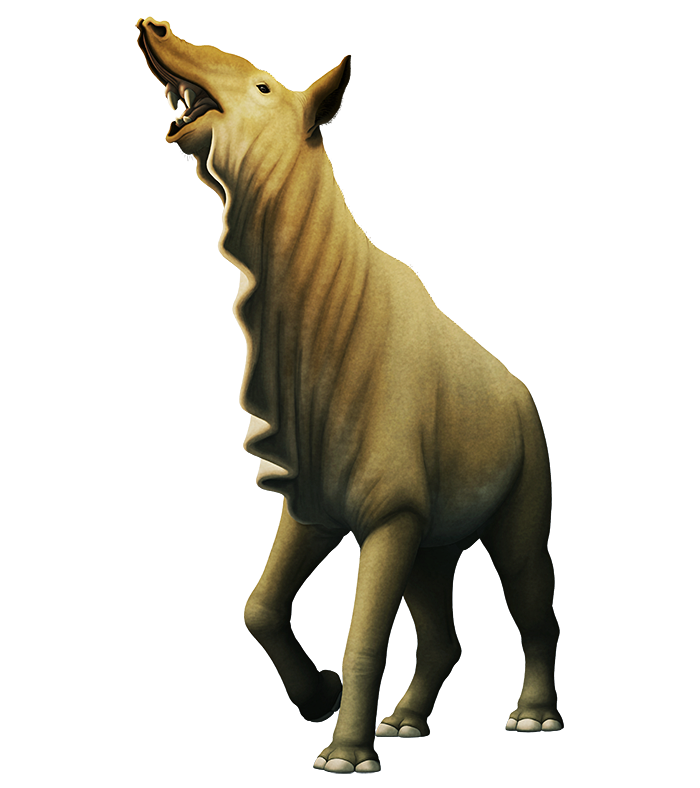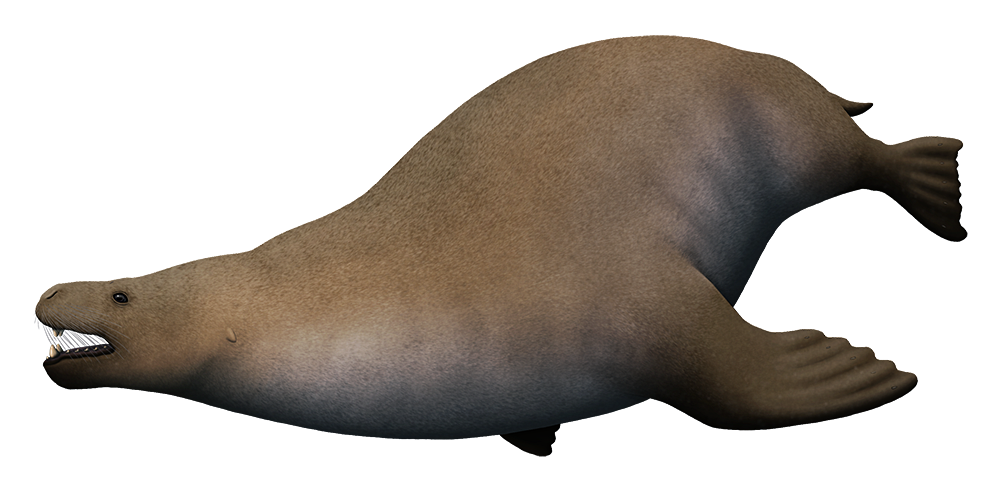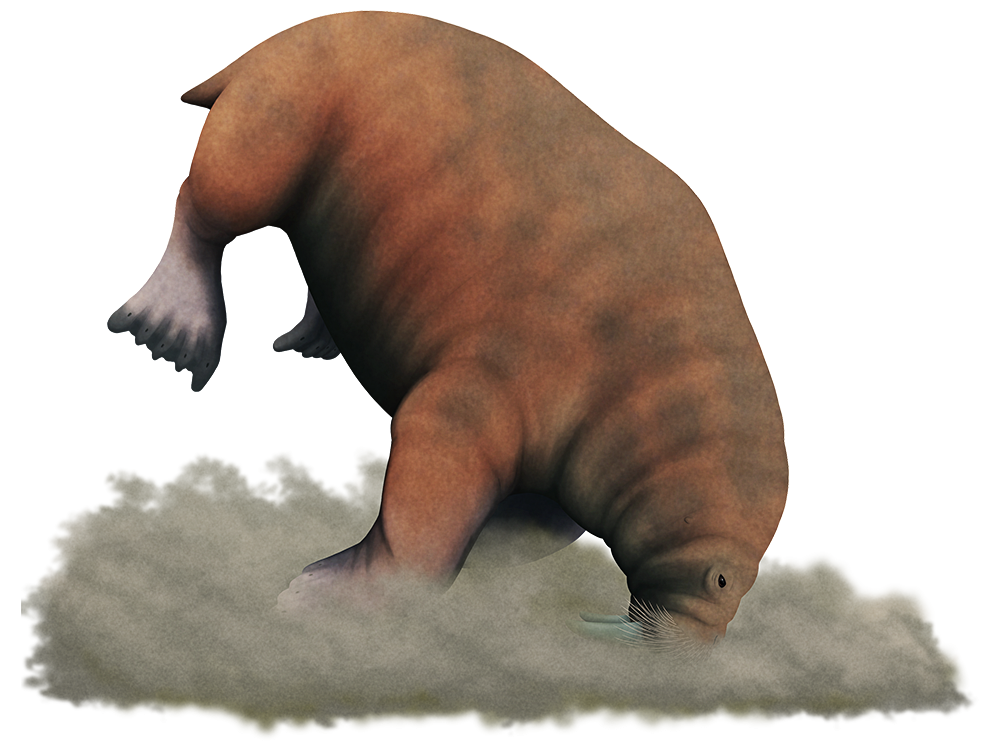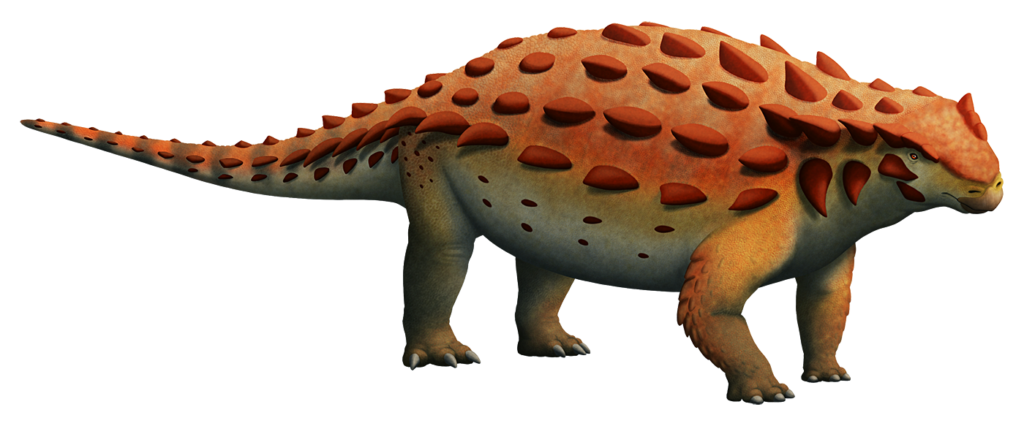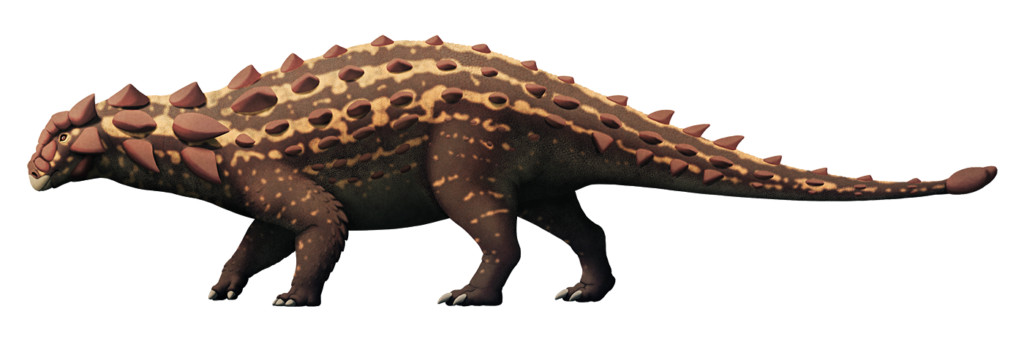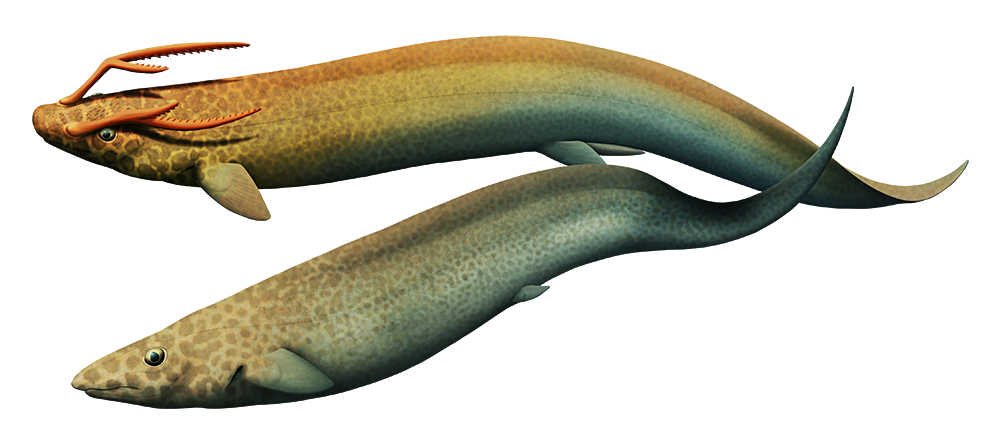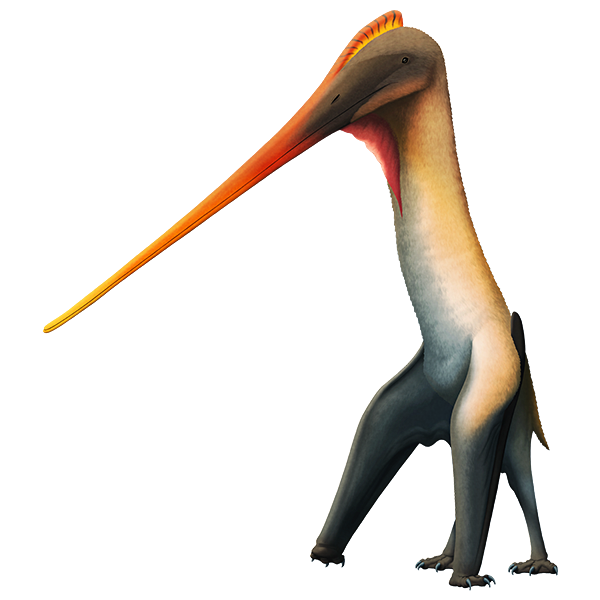Drepanosaurs were already some extremely weird animals, even among all the other weirdos of the Triassic period.
These strange little tree-climbing reptiles had chameleon-like bodies, humped backs, long necks, and oddly bird-like skulls with toothless beaks – and then some of them also had bizarre forelimb anatomy with a single enormous claw on the second finger of each hand, along with a claw on the tip of their prehensile tail.
But new discoveries are showing that some members of this bizarre group were doing something different.
Ancistronychus paradoxus here lived during the late Triassic, about 227 million years ago, in what is now the southwestern United States. Measuring around 50cm long (1’8″), its enormous hand claws were unusual compared to its close relatives, with a distinctly wide and hooked shovel-like shape.
Along with another recently-discovered species, Skybalonyx skapter, and the weird burly arms of Drepanosaurus, this suggests that instead of tree-climbing some drepanosaurs were instead much more specialized for digging. They may have been Triassic equivalents to modern anteaters or pangolins, using their enlarged claws to excavate burrows and rip their way into insect nests.

